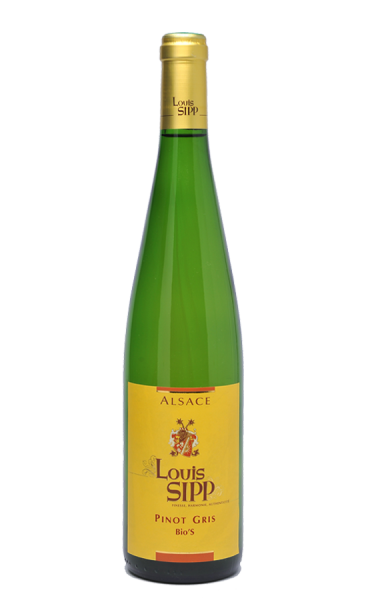
The Louis SIPP parcels of land are situated in the geological fracture zone of Ribeauvillé. They constitute a territory which is highly geologically fragmented. They are above areas with hard chalk, clay and marl from the Liassic and Triassic periods, sandstone clay, and calcareous, chalky conglomerates from the Oligocene period. The area is also characterized by silt-laden deposits, originally loessal, and by glacis and sandy alluvium in the valley and on the plain. Pinot Gris is for the most part found in soils which are heavy and not too hot. The variety can cope with areas which are less well exposed, because it is relatively early-fruiting.
The Louis SIPP parcels of land are situated in the geological fracture zone of Ribeauvillé. They constitute a territory which is highly geologically fragmented. They are above areas with hard chalk, clay and marl from the Liassic and Triassic periods, sandstone clay, and calcareous, chalky conglomerates from the Oligocene period. The area is also characterized by silt-laden deposits, originally loessal, and by glacis and sandy alluvium in the valley and on the plain. Pinot Gris is for the most part found in soils which are heavy and not too hot. The variety can cope with areas which are less well exposed, because it is relatively early-fruiting.
Beautiful yellow color with shimmers of amber. The nose is complex and smoky with hints of tropical fruits. The palate is rich and opulent with a hint of freshness.
Ideal as an aperitif wine. Can also be associated with smoked fishes, foie gras, fish in sauce, white meats or even roast meats. Hard cheeses like Comté are also good partners for this wine. Pinot Gris is a polyvalent wine which may be drunk at any stage in the meal.